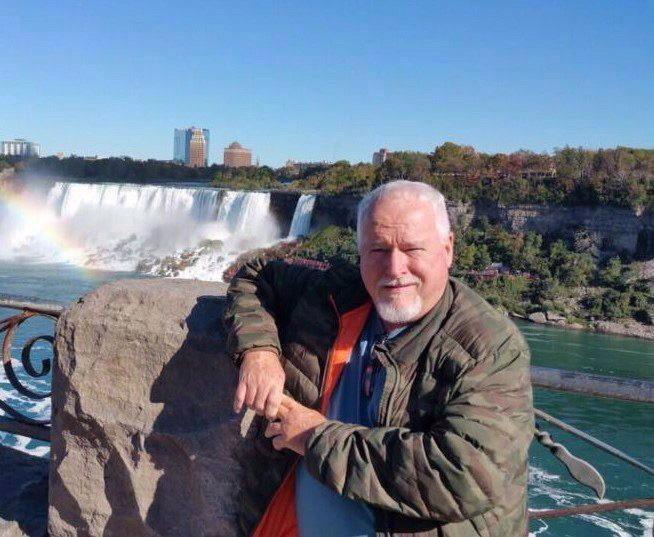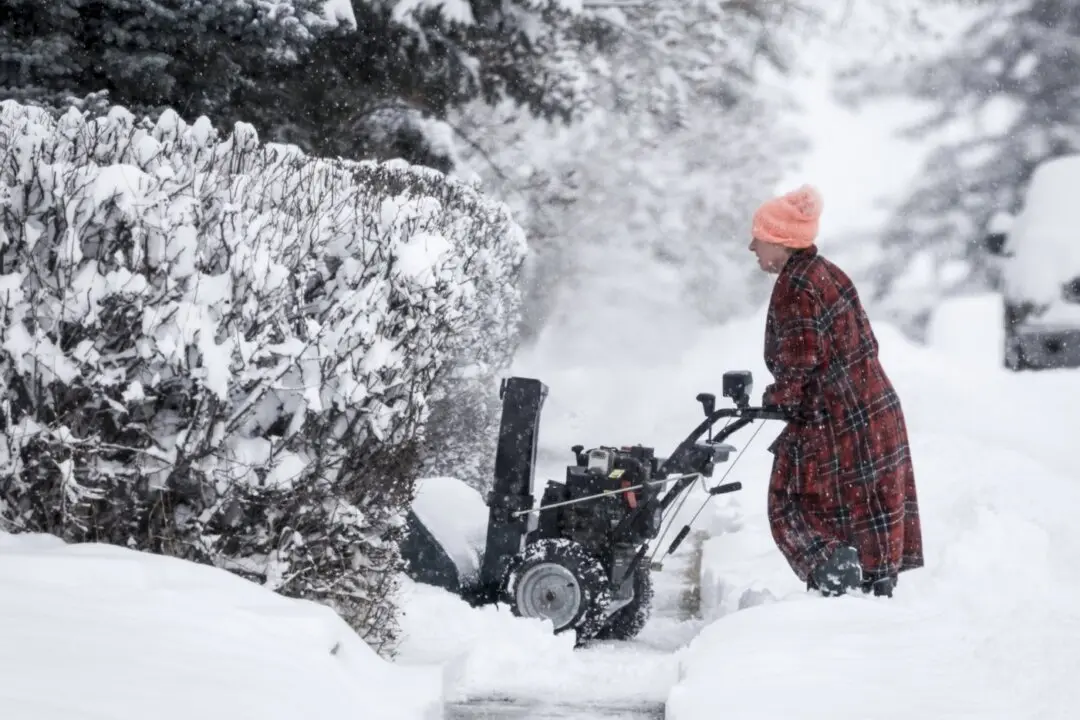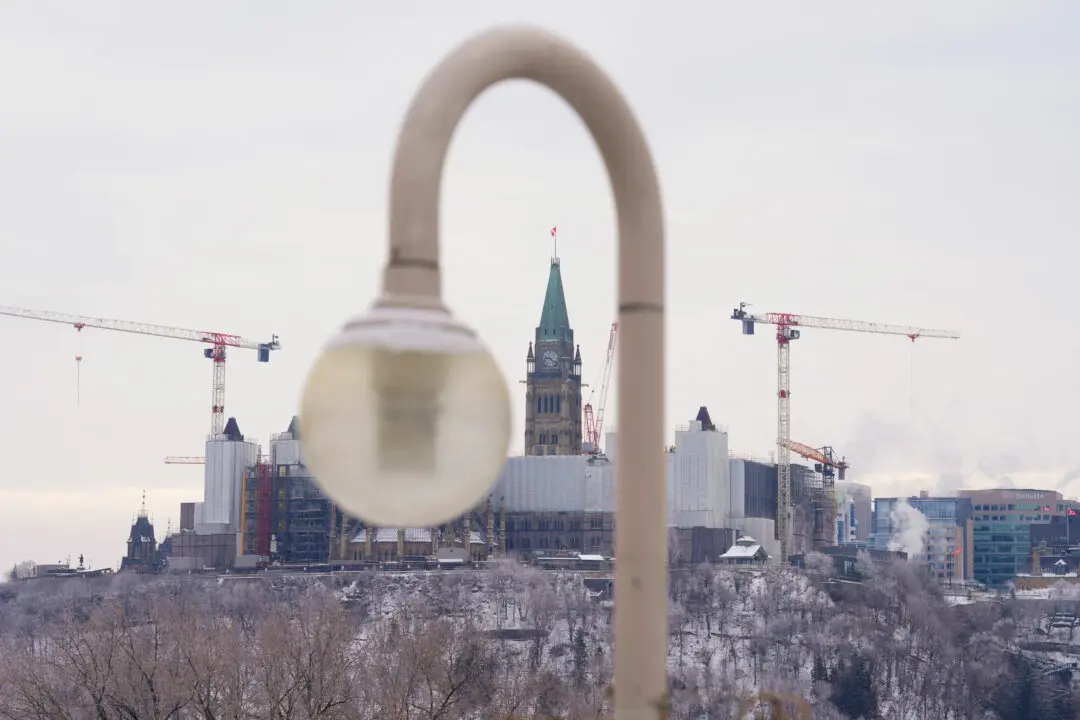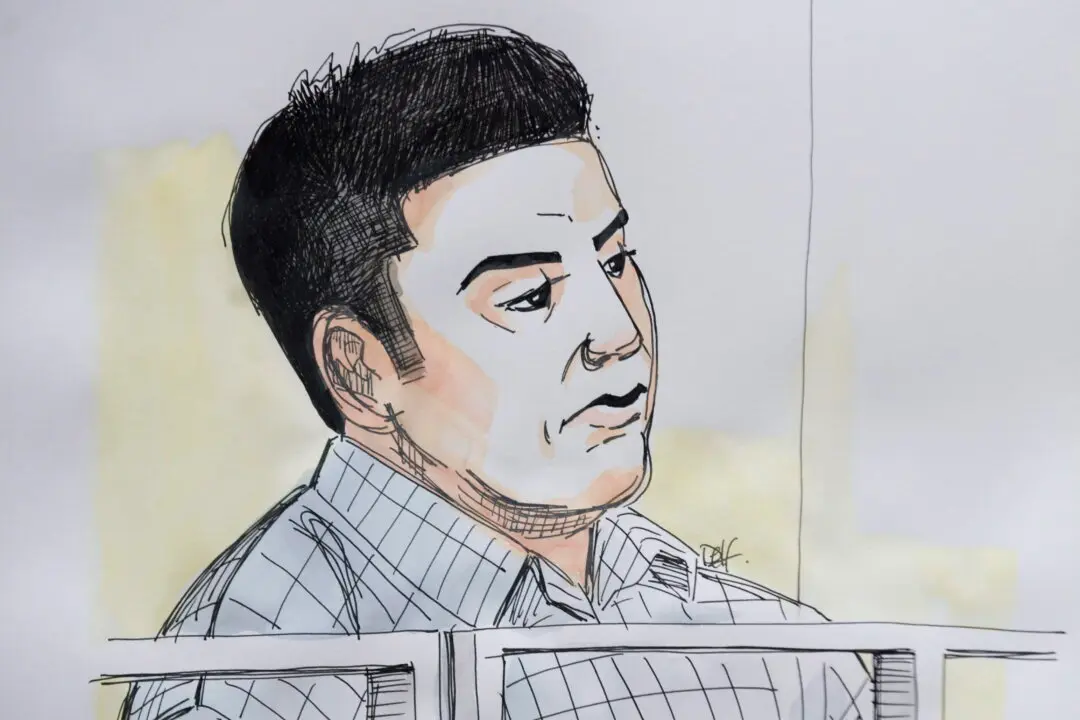TORONTO—Serial killer Bruce McArthur pleaded guilty Jan. 29 to first-degree murder in the deaths of eight men who went missing between 2010 and 2017.
McArthur, 67, assaulted many of his victims, all men from Toronto’s gay village, before murdering them and hiding their remains around a property where he worked as landscaper.





